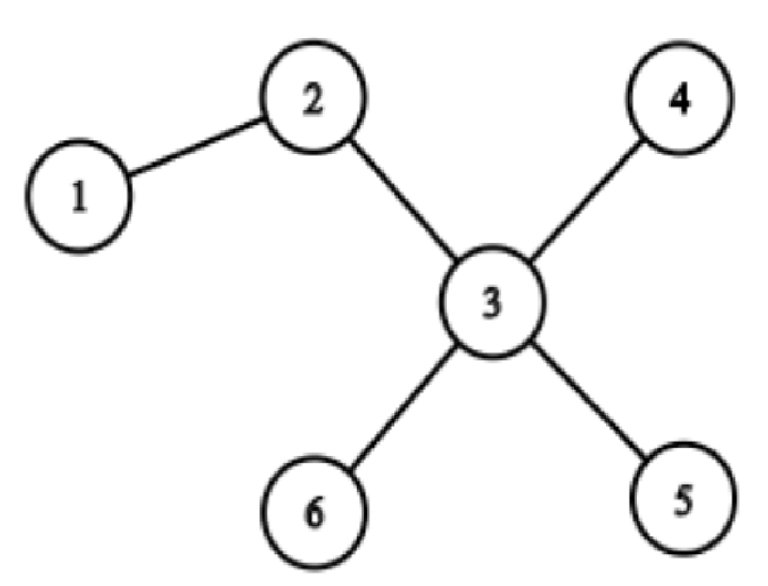I wonder if we can solve this problem ?
Given a DAG $$$(n <= 3e5, m <= 3e5)$$$ and $$$Q$$$ queries $$$(Q <= 3e5)$$$ $$$u$$$ $$$v$$$, determine if $$$u$$$ is ancestor of $$$v$$$ in DAG
| # | User | Rating |
|---|---|---|
| 1 | jiangly | 3976 |
| 2 | tourist | 3815 |
| 3 | jqdai0815 | 3682 |
| 4 | ksun48 | 3614 |
| 5 | orzdevinwang | 3526 |
| 6 | ecnerwala | 3514 |
| 7 | Benq | 3482 |
| 8 | hos.lyric | 3382 |
| 9 | gamegame | 3374 |
| 10 | heuristica | 3357 |
| # | User | Contrib. |
|---|---|---|
| 1 | cry | 169 |
| 2 | -is-this-fft- | 166 |
| 3 | Um_nik | 161 |
| 3 | atcoder_official | 161 |
| 5 | djm03178 | 157 |
| 6 | Dominater069 | 156 |
| 7 | adamant | 154 |
| 8 | luogu_official | 152 |
| 9 | awoo | 151 |
| 10 | TheScrasse | 147 |
I wonder if we can solve this problem ?
Given a DAG $$$(n <= 3e5, m <= 3e5)$$$ and $$$Q$$$ queries $$$(Q <= 3e5)$$$ $$$u$$$ $$$v$$$, determine if $$$u$$$ is ancestor of $$$v$$$ in DAG
I was wondering if we could implement Prim's algo in O(n log n) (n is number of vertices)
Hi guys.
I have a problem want to ask you guys.
Problem: Given a tree with n nodes, m segments in a tree with 2 endpoints. Find the maximum number of segments satisfy that not exist two segments with the edge intersect. (n < 1e3, m < 1e5);
My solution (WA passed 4/5) is: Sort m segments by the depth of their LCA. If two segments have the same LCA, if one of them have the endpoint equal to their LCA i choose it ,else i choose the one have shorter length. After sorted, i pick it one by one.
My sub For example:
n = 6, m = 4;
edges:
1 2
2 3
3 4
3 5
3 6
segments:
1 3
4 5
5 6
6 4

So the answer is 2 because we can choose segment (1, 3) and segment (4, 5) as path 1 -> 3 = 1 -> 2 -> 3, path 4 — > 5 = 4 — > 3 -> 5.
You also can choose (1, 3), (5, 6) or (1, 3), (6, 4)
| Name |
|---|


